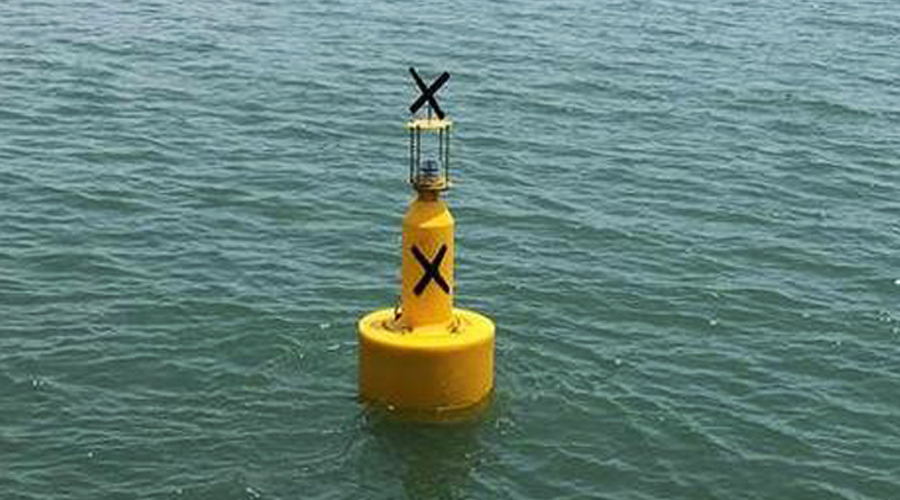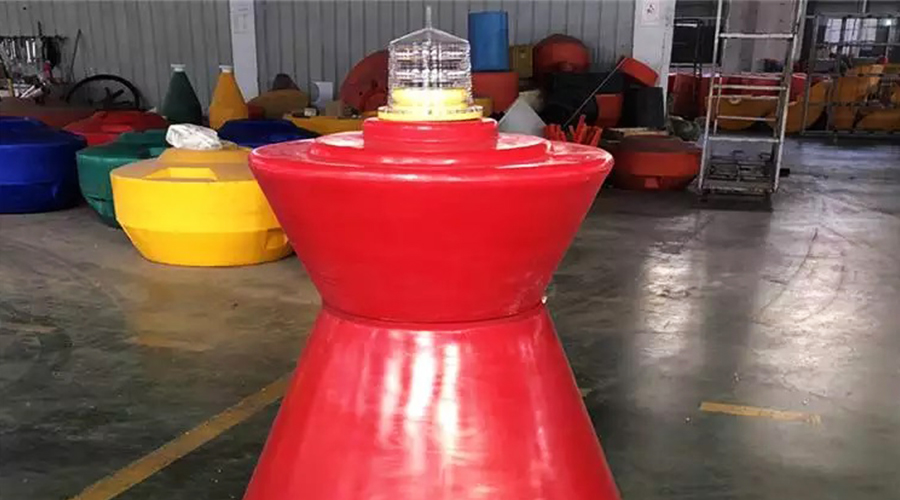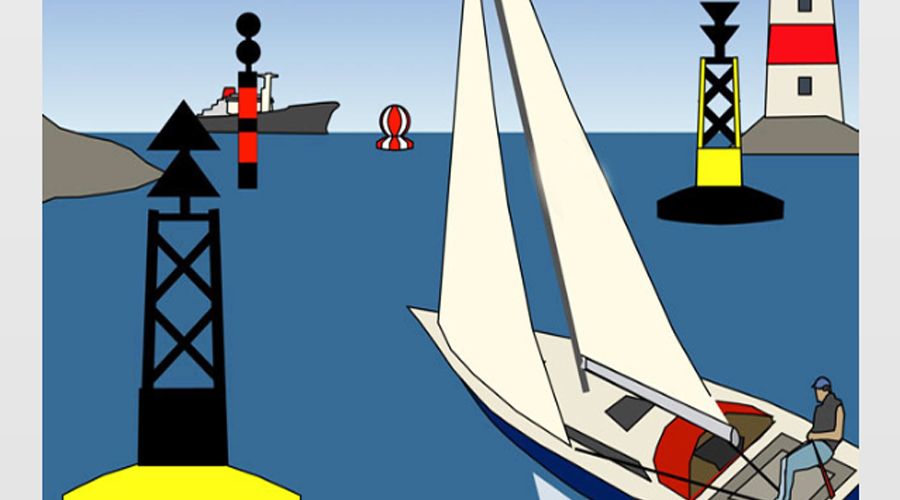Solar powered buoy lights have the characteristics of high efficiency and energy saving, economical and durable, intelligent and convenient, environmentally friendly and safe.
Therefore, they are widely needed in the maritime field and safety warning. So what does its appearance bring to buoys and navigation equipment manufacturers and suppliers? Let’s find out together.
The Value of Solar Powered Buoy Lights For Buoy Suppliers
1. Market demand continues to grow:
The global buoy light market size has steadily expanded, reaching US$35.5 million in 2023 and is expected to reach US$45 million in 2030 (annual compound growth rate of 4%). Among them, solar marine navigation lights have become mainstream due to their environmental protection and low maintenance costs, accounting for 86% of the market share in 2024.
In addition to traditional channel navigation, solar ocean warning lights are also used for marine environmental monitoring (such as water quality, meteorological data collection), offshore wind farm safety warnings, fishery protection zone signs, etc., covering multiple scenarios such as ports, inland rivers, and deep seas.
2. Technological advantages enhance competitiveness:
Because the marine navigation warning lights use high-efficiency solar panels (photoelectric conversion rate ≥ 25%), micro-power single-chip chips and intelligent charging and discharging management systems, they support continuous operation for more than 15 days on rainy days, significantly reducing operation and maintenance costs.
The LED light source has a lifespan of 20 years, and the impact-resistant and corrosion-resistant materials (such as marine-grade PC and polyethylene coating) adapt to harsh environments and reduce the frequency of replacement.
Integrated GPS synchronization and remote monitoring technology, IALA 350 flashing modes can be customized.
3. Policy & environmental dividends:
The attention paid by various countries to green shipping and marine environmental protection has promoted solar buoy warning lights to replace traditional battery or fuel-driven products.
No radio frequency interference, no pollution materials (such as imported PE rotational molding process) meet environmental protection requirements, are suitable for sensitive areas such as aquaculture areas and chemical plants, and enhance the social responsibility image of suppliers.
4. Cost optimization & customer stickiness:
Solar warning lights can replace lithium batteries, and modular structures simplify maintenance and reduce customer dependence.
Solar lights can be customized in color, shape, size and function (such as bird-proof devices, multi-parameter sensors) to meet the needs of different customers (governments, ports, energy companies).
5. Application & transportation:
For example, YFFY-LS-E solar-powered buoy lights, support a variety of installation methods, such as magnets and flanges, and are suitable for buoys, shore markers, light poles and other scenes.
Solar marine lights use lightweight design (small size, light weight) to reduce transportation and deployment costs
Features of Solar Ocean Buoy Lights:
1. High efficiency & energy saving
- Monocrystalline silicon solar panels (conversion rate ≥ 25%) + low-power LED chips
- Energy consumption is 50%+ lower than traditional products, and ultra-long battery life
2. Super durability
- Anti-UV PC lampshade + ship-grade anti-corrosion base
- Closed-cell polyethylene float (corrosion/impact resistant)
- Design life> 15 years
3. Intelligent control
- Photosensitive sensor automatic opening and closing
- Support multi-mode customization (fixed light/flash, etc.)
- Comply with IALA international standards
4. Eco-friendly
- Zero electromagnetic radiation/RF interference
- No environmental hazard risk
In summary, solar powered buoy lights, with their high efficiency and energy saving, intelligent controllability, ultra-long life and environmental protection characteristics, bring market growth, technical barrier construction, customer stickiness improvement and other multiple commercial values to navigation equipment suppliers.
In the future, with the deepening of Internet of Things technology and the advancement of green energy policies, suppliers can further expand their profit margins through continuous updates of solar navigation lights.



